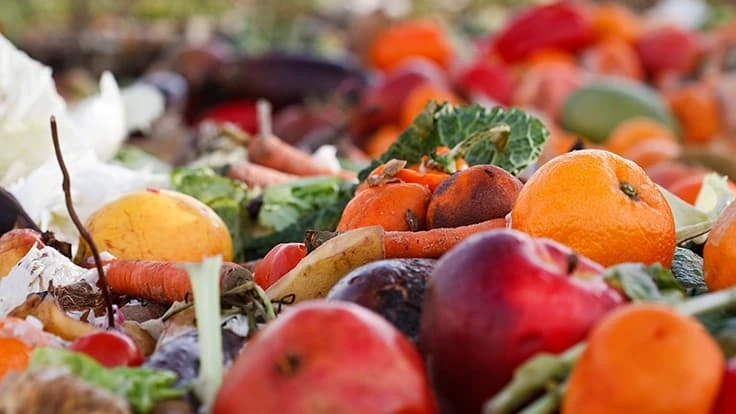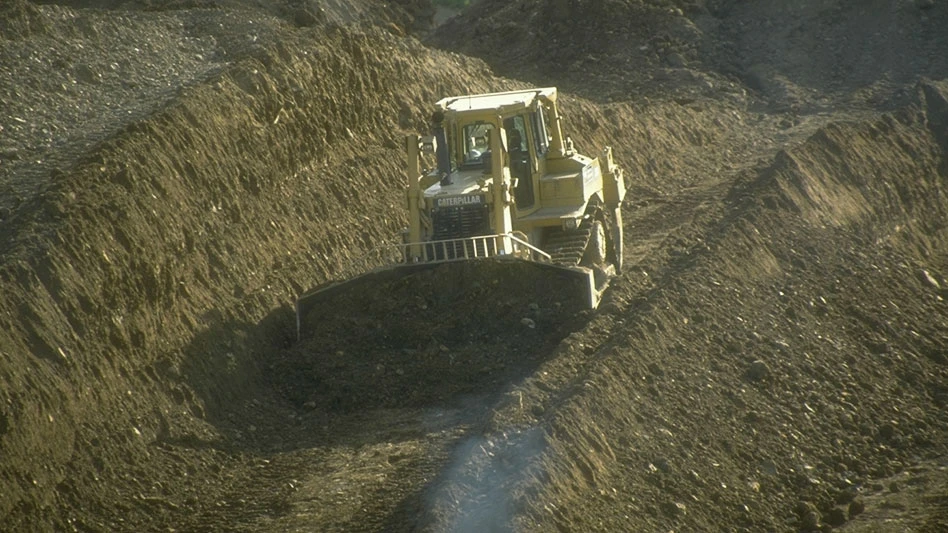
The U.S. Environmental Protection Agency (EPA) has found that the nation is currently falling short of a previous 2015 goal to reduce food waste by half, with more than one-third of food produced in the U.S. being sent to landfill.
According to a report published by the agency Nov. 30, food waste is the single most common material landfilled and incinerated in the U.S.—comprising 24 and 22 percent of landfilled and combusted municipal solid waste (MSW), respectively.
“As the United States strives to meet the Paris Agreement targets to limit the increase in global temperature to 1.5 degrees above pre-industrial levels, changes to the food system are essential,” the report, titled “From Farm to Kitchen: The Environmental Impacts of U.S. Food Waste,” states. “Even if fossil fuel emissions were halted, current trends in the food system would prevent the achievement of this goal. Globally, food loss and waste represent 8 percent of anthropogenic greenhouse gas emissions (4.4 gigatons of CO2e annually), offering an opportunity for meaningful reductions.”
Given the size and dynamic complexity of the U.S. food system, the EPA says no single agreed-upon comprehensive estimate of the total amount of U.S. food loss and waste exists (FLW). Instead, the literature includes multiple credible estimates, which differ in scope and methodology, that together provide insights into the magnitude and distribution of U.S. FLW.
Currently, researchers estimate U.S. food loss to be in the range of 73 to 152 million metric tons per year, representing enough calories to feed more than 150 million people annually, or all the food insecure people in America nearly four-times over.
When examining the nation’s contribution to FLW on a global scale, the report states the U.S. wastes more food and more food per person than most any other country in the world.
To better meet the goals set by the EPA in 2015, Shannon Kenny, senior advisor on food loss and waste at EPA’s Office of Research and Development and a lead author on the report, told Reuters the government strategy to reduce food waste would likely rely on public awareness campaigns.
She added that new investments under the infrastructure plan or Build Back Better Act could help.
Latest from Waste Today
- Anaergia Services enters into contract with Rialto Bioenergy Solutions
- Casella announces offering of revenue bonds
- New Hampshire pauses proposed landfill rules
- Waste Connections, Food Science Corp. partner with Texas city to recycle food waste
- Waga Energy signs partnership agreement with technology provider
- AMCS launches the AMCS Platform Winter 2024
- Pettibone adds new model to telehandler line
- Waste Pro near top of Florida private companies list





